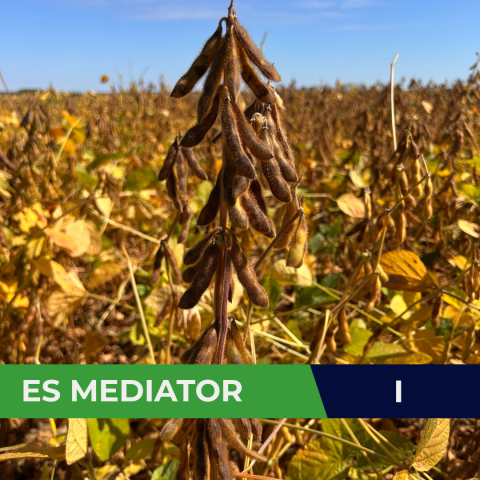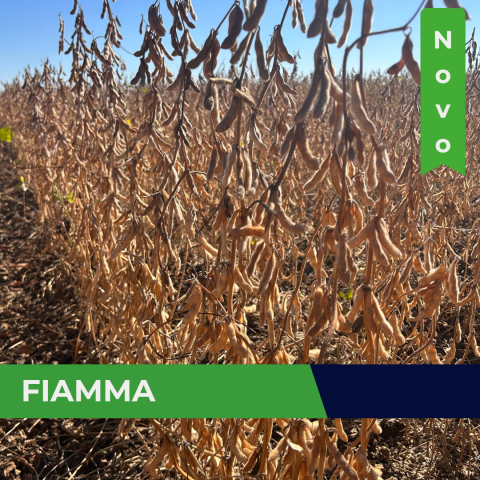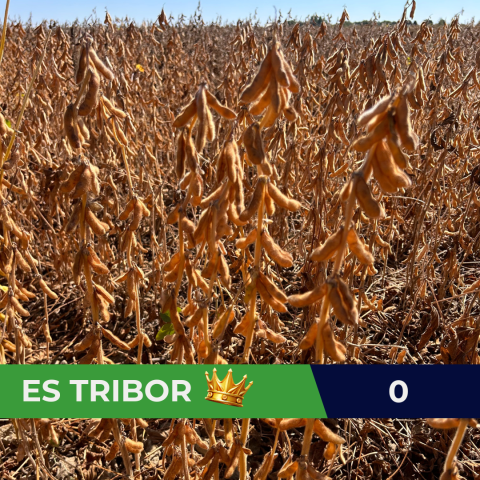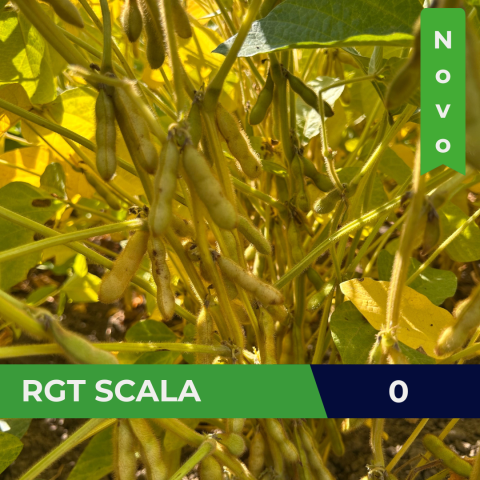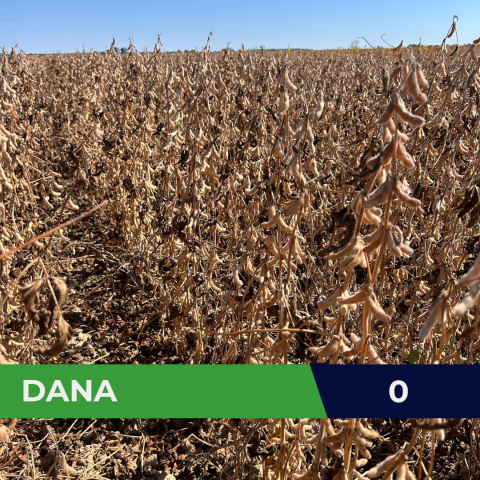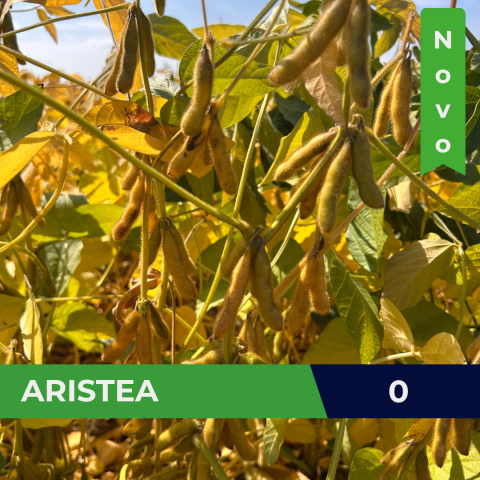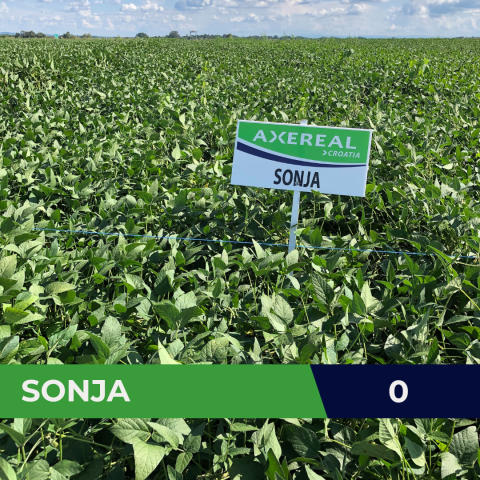Search
Certified soybean seeds for the highest yields
Kvalitetno certificirano sjeme soje od Axereal-a
Axereal, kao lider u doradi i proizvodnji certificiranog sjemena soje, posebnu pažnju posvećuje cijelom lancu proizvodnje sjemena soje. Važna nam je sljedljivost kvalitete, jer svaka naša vreća predstavlja povjerenje koje nam ukazuju naši poljoprivrednici.
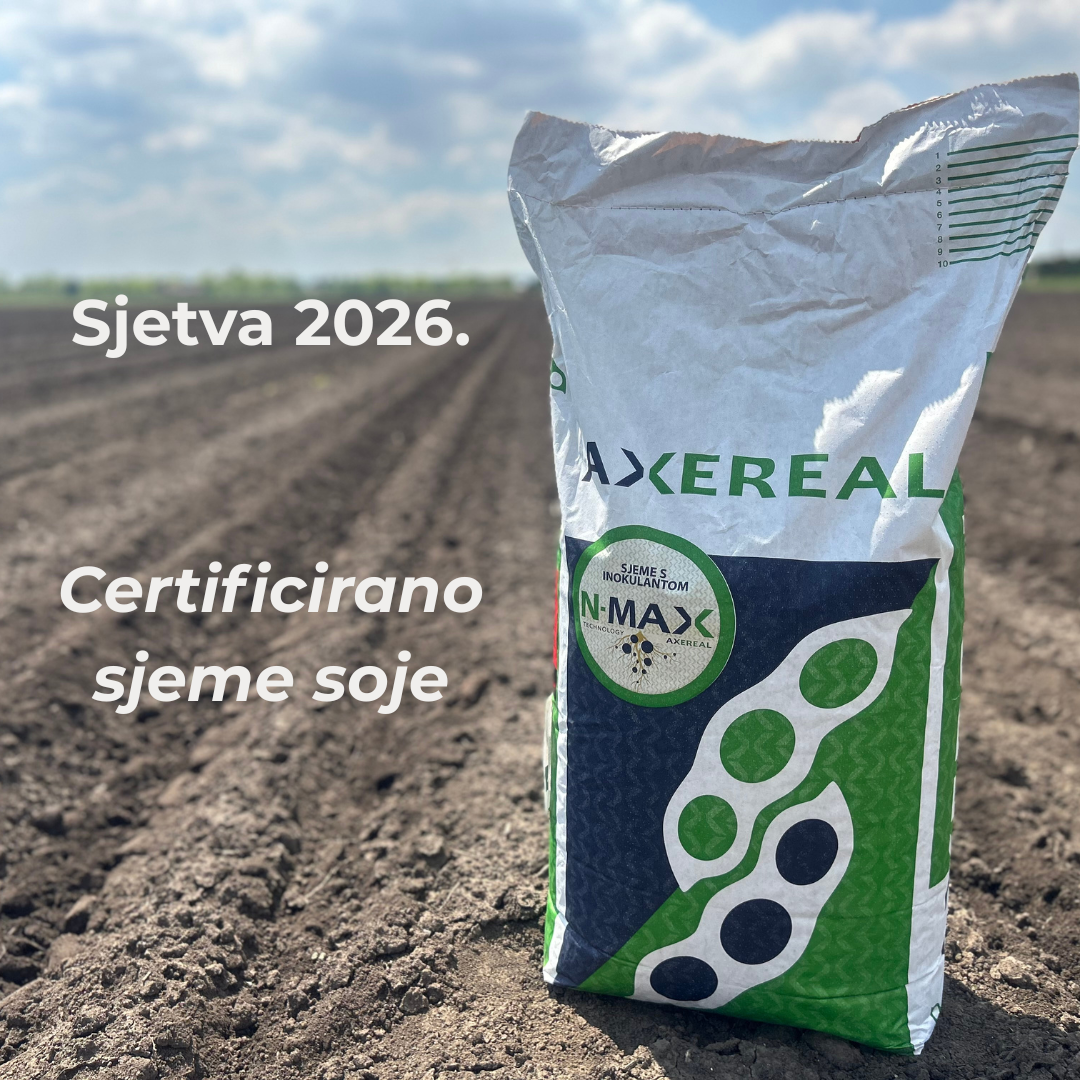
Prvi Centar za doradu sjemena u Hrvatskoj po najnovijim standardima:
✔ Kalibrirano sjeme: frakcije sjemena odvajamo po krupnoći, što znači da svaka naša sjetvena jedinica sadrži sjeme ujednačene veličine i klijavosti;
✔ Optički color-sorter omogućuje vrhunsko pročišćavanje i uklanjanje svih vrsta nečistoća, sjemena različite boje te ostalih primjesa;
✔ N-MAX tehnologija – završni proces dorade: nanošenje visokokvalitetnih kvržičnih bakterija na sjeme soje, također, nanosi se i hranjivi nosač koji održava vitalnost bakterija do 120 dana prije sjetve.
N-MAX Provide your fields with free nitrogen
Sjetvene jedinice 125.000 zrna – pojednostavljena kalkulacija potrebne količine sjemena za vaše polje
100% sjeme proizvedeno na hrvatskim poljima
Na našem imanju u Novoj Gradiški zasnivamo sjemensku proizvodnju visokih kategorija svih sorti. Naš stručan tim iskusnih agronoma pomno prati svako polje od sjetve do žetve. Svaki korak poljoprivredne proizvodnje od iznimnog je značaja da bismo dobili visoko-kvalitetno sjeme visoke klijavosti. Manji dio proizvodnje organiziramo s našim kooperantima na područjima koja su pogodna za uzgoj ove važne mahunarke.
Maturity Group I
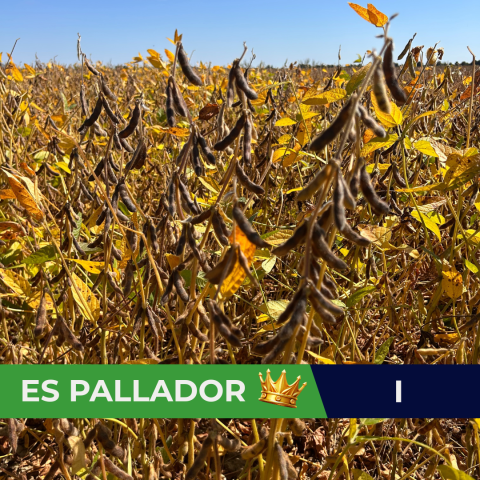
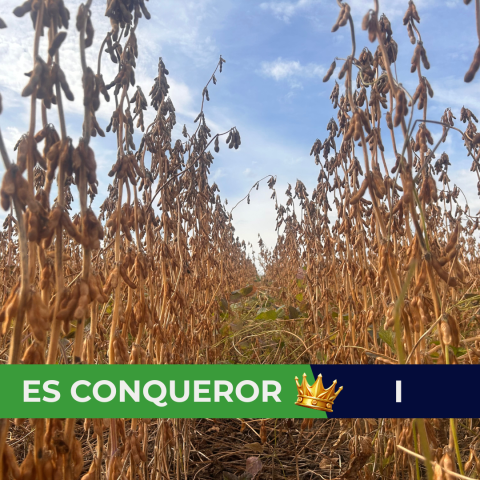
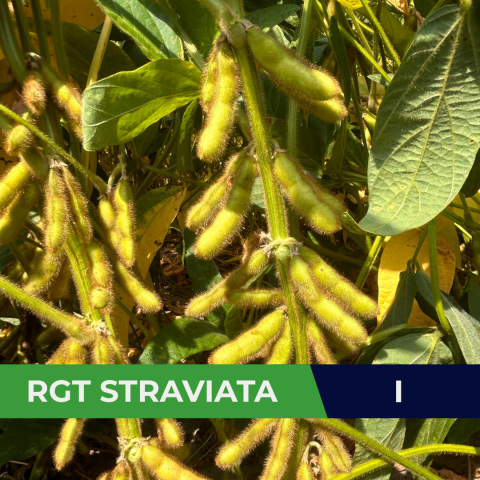
Ripening Group 0
Maturity Group 00
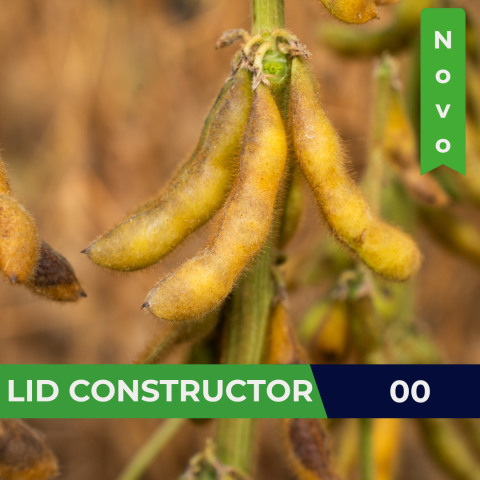
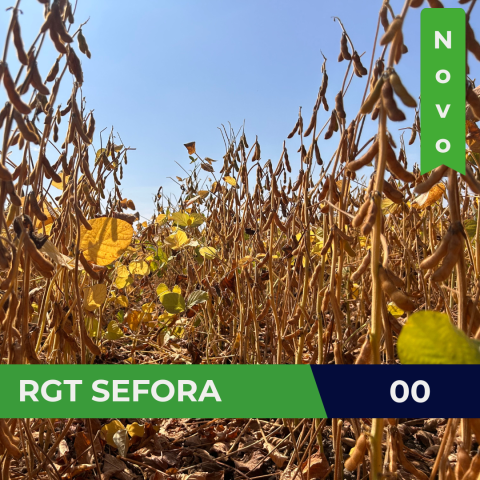
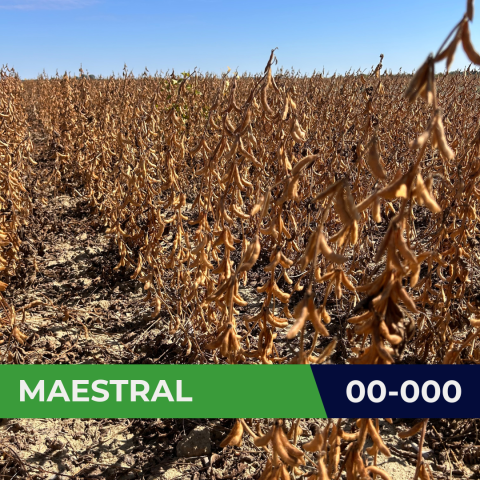
Maturity Group 000
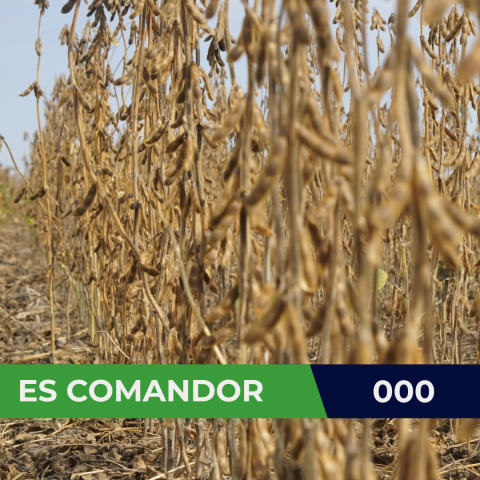
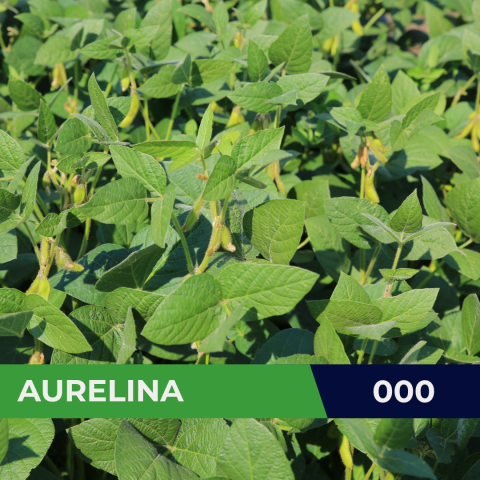
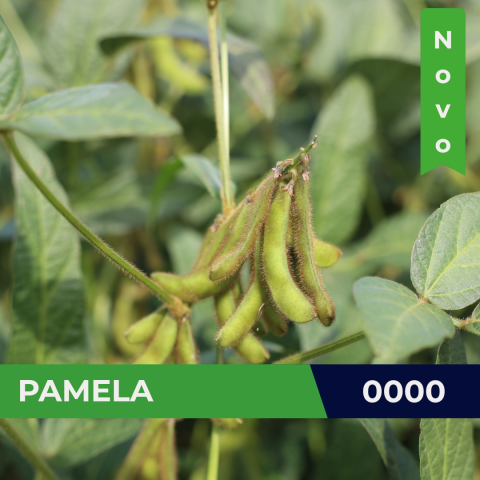
Second crop
Below we are bring you some tips for growing soybeans as a secondary crop.
1. PRE-CROP HARVEST
Harvesting as soon as possible, that is, as soon as the crop is technological mature, not a day later. For sowing of secondary crop, every day of the growing season is very important , and over the years we have found that the level of yield of second culture directly affects when this sowing date was.
It is necessary to place the heder of the combine as low as possible so that we do not have high straw, and adjust the cutting of the combine so that it chops as much as possible of straw and dissolves it in the field. If you are collecting straw and you are going to remove it from the field ,it is necessary to do it as soon as possible - preferably immediately after the harvest.
2. LAND PREPARATION AND SOWING
After harvesting the pre-crops, it is desirable to make one shallow saucer with heavy saucers to a depth of 10-15cm. In the side set, the possibility of irrigation is of great importance, we can say even very crucially.
We have individual years where there are summers with enough precipitation, and when irrigation is not necesarry.
The sowing is preferably done by direct grain seamstresses that have disco investors, and additional rows of platears in front of set elements. These plates in front of the set elements will carry out another preparation of the land for the sowing and disc investors are important so that seeds don't remain on the surface of the land.
The distance between the rows can be 12.5-25cm, a gap of 50cm is also acceptable.
The sowing standard is 600,000 grains/ ha of the Lissabon variety.
During the sowing of second crop, the earth is quite warm, you can expect soybean germination in only 2-3 days and already in a couple of days you can see the queues. After the sowing, perform one irrigation to achieve an optimal assembly.
3. FERTILIZATION OF SOYBEANS AS SECOND CROP
It would be good to make a land analysis after harvesting barley/wheat and see how much nitrogen is left in the surface layer of the land. If necessary, make one feed on nitrogen fertilizer that has an nitrogen in easy-to-reach form.
If you notice in soybean crop that the plants do not have a beautiful green color but more light to yellow, then it is possible that there has been an nitrogen depression or that microorganisms use an affordable azote to decompose harvested residues/straw and the soybean is not able to use this nitrogen.
4. PROTECTION OF SECOND CROP
Weed protection technology is very different from the spring soybean technology. perform anti-weed treatments only if your plant protection expert estimates that treatment with some of the means is necessary, it is recommended to use split applications and if necessary to do only one split application. In accordance with the profession - be sure to take into account the weather and not to carry out treatments at high temperatures, but only on the advice of plant protection specialist.
Intermediate cultivation only can be done by those who have sowed second crop at 50cm.
5. HARVEST OF SECON CROP
The second crop enters technological maturity 90-100 days after sprouting, which in our conditions means that the mid-June set comes for harvest at the end of September - that is, almost at the same time that the late ripening group strains are combined. During this period, each silo receives soybeans and you will not have any difficulties with the reception and sale of your soybean genus.



